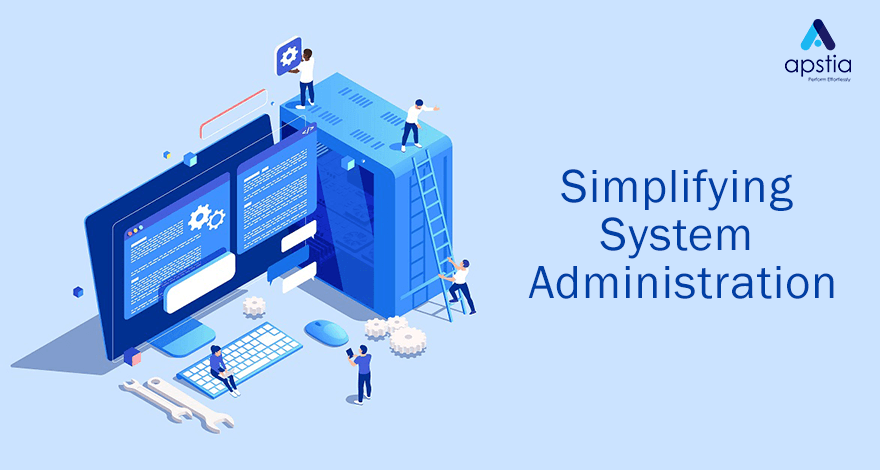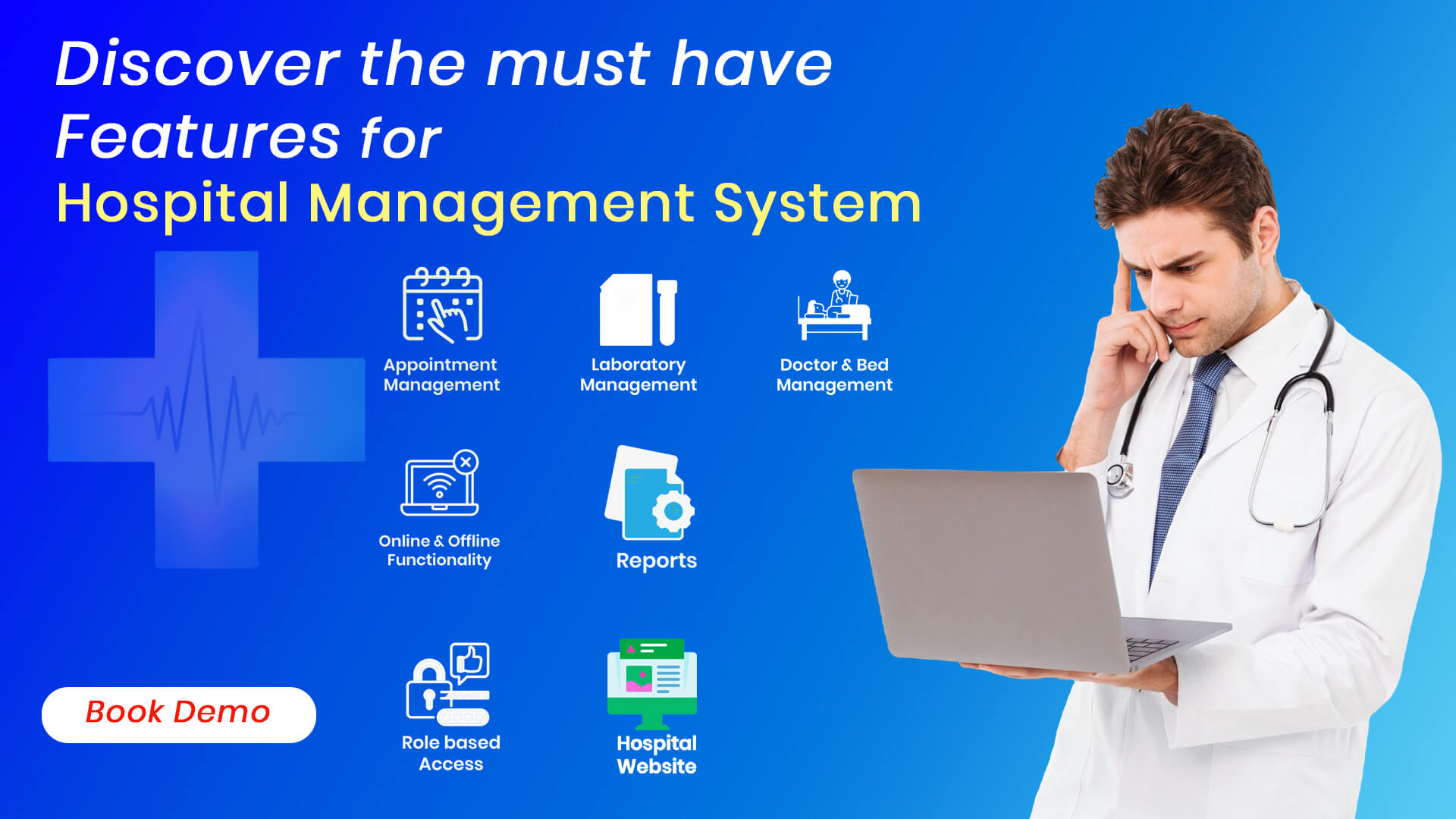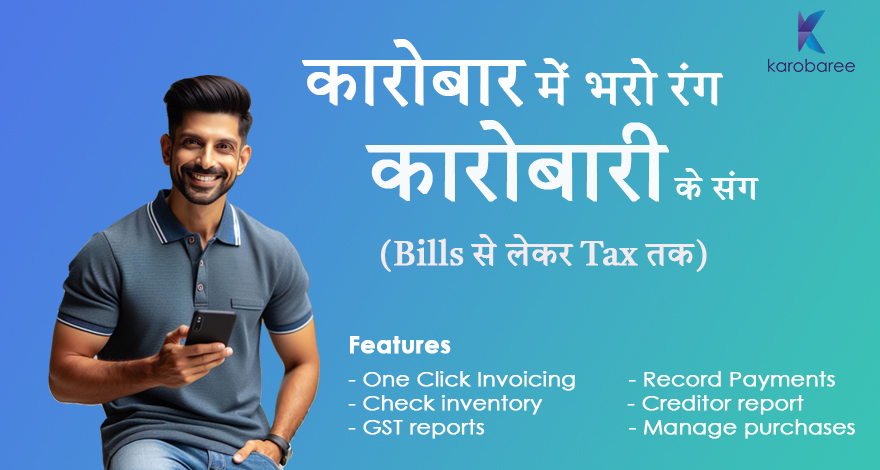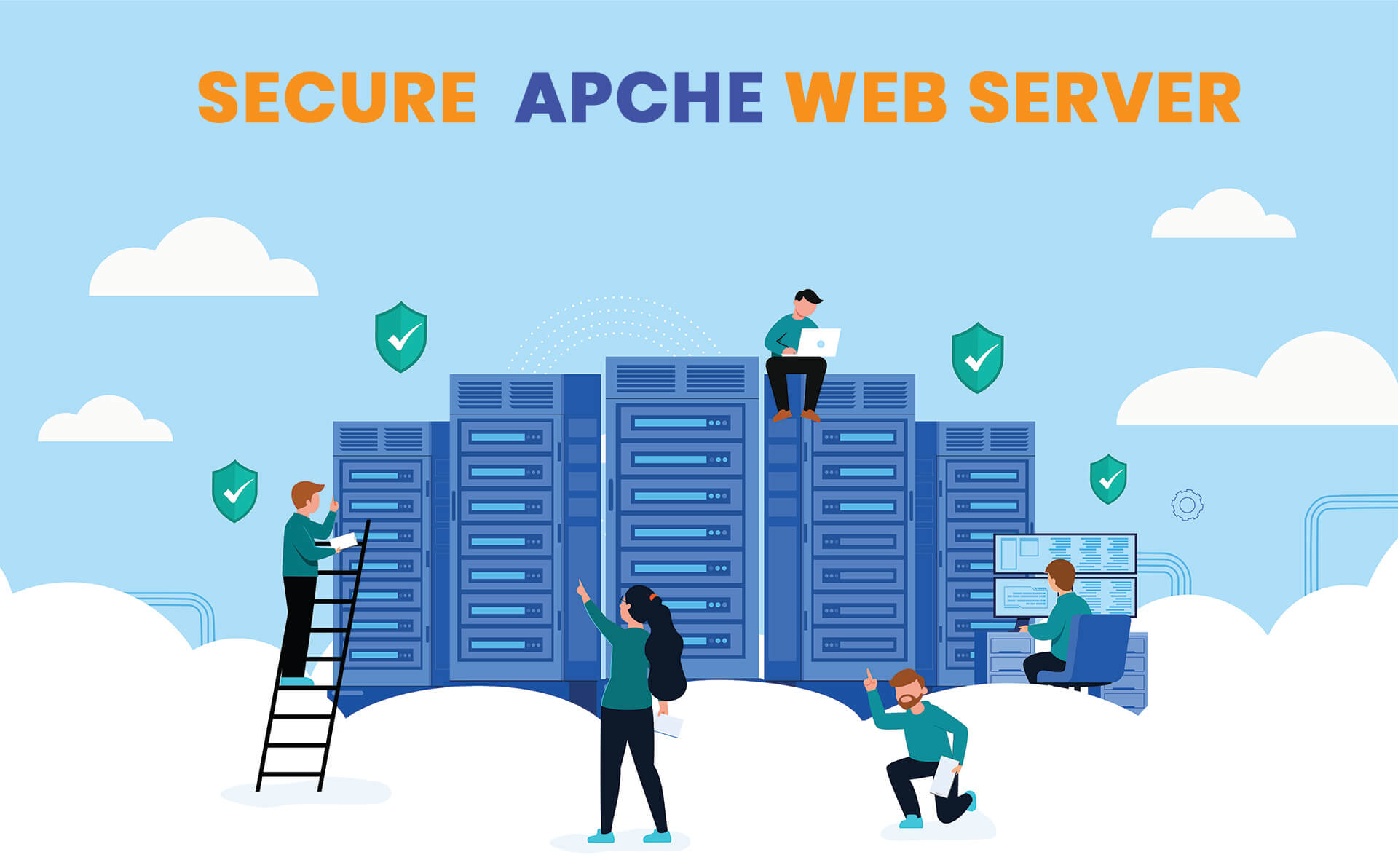Technological evolvement is a never-ending advancement in digital space. Each passing day we come to know about new technology which makes our life much easier, One such technology recently came into existing ie. Serverless Computing.
As soon as serverless word comes into the picture, it is assumed that this technology gets rid of servers and somehow allows users/developers to build and run applications without having a server. Let’s explore all the facets of this new technology and learn more about it.
What is serveless computing ?
Serverless is a cloud computing model in which infrastructure management tasks like capacity provisioning, maintaining and patching are handled by cloud service providers for a seamless experience. Although there are still servers in serverless computing, but they are abstracted away from users.
An overview of serverless architecture
In serverless computing, a cloud provider runs physical servers and dynamically allocates their resources on behalf of users who can deploy code straight into production
Basically serverless computing can be divided into 2 group
- Backend-as-a-Service (BaaS)
- Function as a Service (FaaS)
- Backend as a Service : When a cloud provider offers third party backend services and apps to user it is called backend as a service.
2. Function as a service (FaaS) : It is an event-driven computing execution model where users/developers write logic that is deployed in containers fully managed by a cloud platform, then executed on demand. Normally Function as a Service (FaaS) is being used as a synonym with serverless computing but FaaS is a subset of Serverless computing.
Advantages of Serverless Computing?
- Low Cost – Serverless computing is generally very cost-effective, as traditional cloud providers charge for backend services (server allocation) often result in the user paying for unused space or idle CPU time. In Serverless computing you only pay for the service which is being used. as soon as the usage ends the charges also terminates which turns out to be very cost effective and money saving proposition.
- Easiest Scalability – Clients using serverless architecture don’t have to worry about policies to scale up their code. The serverless vendor/service provider handles all of the scaling on demand.
- Simplified backend code – With FaaS, developers can create simple functions that independently perform a single purpose, like making an API call.
- Quicker turnaround – Serverless architecture can significantly cut time to market. Instead of needing a complicated deploy process to roll out bug fixes and new features, developers can add and modify code on a piecemeal basis.
Drawbacks of Serverless Architecture
- Cold Start – Typically when a particular serverless function has not been called in a while, the provider shuts down the function to save energy and avoid over-provisioning. The next time a user runs an application that calls that function, the serverless provider will have to spin it up fresh and start hosting that function again. This startup time adds significant latency, which is known as a ‘cold start’.
- Security of Code- Serverless computing comes with a moderate security risk of not having your server into your possession. When vendors run the entire backend, it may not be possible to fully vet their security, which can especially be a problem for applications that handle personal or sensitive data.
- Vendor Lock-in – Having a serverless architecture with one service prover make it difficult to switch service provider whenever required because each service provider offers slightly different features and workflows from others to make their offering unique.
Which Platforms Provide Serverless Computing Functionalities
Any hosting company having good cloud infrastructure can provide serverless computing facilities. If you are looking for serverless facility providers then Apstia recommends below well-known platforms.
- AWS Lambda
- Microsoft Azure
- Google Cloud Functions
- IBM Bluemix/OpenWhisk
- Alibaba Functions






